Spoiler alert: It’s not as zen as it sounds 🧘♀️
TL;DR (because we’re all busy)
Vibe coding is when you literally just vibe with AI to build apps. You describe what you want in plain English, the AI writes all the code, and you just accept whatever chaos emerges.
It’s like having a coding buddy who’s really smart but also kinda unpredictable—like that friend who always knows the answer but explains it in the most confusing way possible.
How vibe coding started
Back in February 2025, Andrej Karpathy—yeah, the OpenAI co-founder—dropped this tweet that broke the internet:
And just like that, a movement was born. The coding equivalent of “trust the process” became Silicon Valley’s new obsession.
What makes it “vibe” coding vs regular AI-assisted coding?
Here’s where it gets spicy: vibe coding isn’t just using AI to help you code. It’s about completely surrendering control to the AI overlords.
- Regular AI coding: “Hey ChatGPT, help me write this function” proceeds to review every line
- Vibe coding: “Build me a social media app” copies and pastes whatever the AI spits out, doesn’t even read it, ships it
The key difference? You don’t actually understand the code you’re using. It’s like following a recipe in a language you don’t speak—it might work, but you have no idea why.
Two types of vibe coders
Not everyone vibes the same way, though. The vibe coding community basically splits into two camps: those who can clean up the mess when things go sideways, and those who are just here for the ride.
Experienced developer (aka The Lazy genius)
These are seasoned devs who know enough to fix things when they inevitably break. They’re essentially using AI as a super-powered autocomplete, allowing them to stay in their creative flow state. Think of them as the jazz musicians of coding—they know the rules so well they can break them beautifully.
Complete newbie (aka The Brave/Reckless)
These folks have never touched code in their lives, but suddenly they’re building SaaS apps because AI made it possible. They’re either about to revolutionize everything or create the next major security breach. Maybe both!
Vibe coding process: step-by-step guide to organized chaos
- Have a vibe (literally just an idea)
- Describe your vibe to an AI tool like Cursor, Replit Agent, or GitHub Copilot (or any other AI coding tool)
- Accept all AI suggestions without question (this is crucial—no second-guessing allowed)
- When errors appear, just copy-paste them back to the AI with no context
- If bugs persist, ask for “random changes” until they disappear
- Ship it and pray to the tech gods
Yes, this is actually how it works. No, I’m not making this up.
The Good: why everyone’s losing their minds over this
Democratization station
Suddenly, your mom can build an app. Your English teacher can create a website. That person who always has great ideas but “isn’t technical” can actually bring them to life. It’s like giving everyone a universal translator for computers.
Speed demon mode
We’re talking about going from idea to working prototype in minutes, not months. Some Y Combinator startups are running codebases that are 95% AI-generated. The future is here, and it’s moving fast.
Creative freedom
Instead of getting stuck in the technical weeds, you can focus on the fun stuff—the user experience, the problem-solving, the actual value creation. It’s like being a director instead of a camera operator.
The Bad: where things get sketchy
Security? Never heard of her
Remember that one guy who built a SaaS app using only vibe coding and immediately got hacked? Yeah, that’s not a cautionary tale—that’s just Tuesday in vibe coding land. AI doesn’t inherently understand security, so your app might be more open than a 24/7 convenience store.
Black box problem
You literally don’t know what your own code does. It’s like driving a car where you can’t see the engine, don’t know how brakes work, and the GPS only speaks in riddles. When something breaks (and it will), you’re basically calling roadside assistance for your own app.
Debugging = vibing harder
Traditional debugging involves understanding the code, finding the problem, and fixing it logically. Vibe coding debugging involves asking the AI to “make it work” and hoping for the best. It’s like fixing a TV by hitting it until it works—sometimes effective, never elegant.
Absolutely chaotic: real-world horror stories
- Fake review generator. One developer’s AI decided to populate their e-commerce site with completely fabricated product reviews. Creative? Yes. Ethical? Absolutely not.
- Infinite loop of confusion. When AI gets stuck, it sometimes just… keeps going. Like a coding ouroboros, but less mystical and more expensive.
- Security breach speedrun. Multiple vibe-coded apps have been compromised within hours of launch because nobody actually understood what security measures were (or weren’t) in place.
Vibe coding tools to get started
Replit Agent
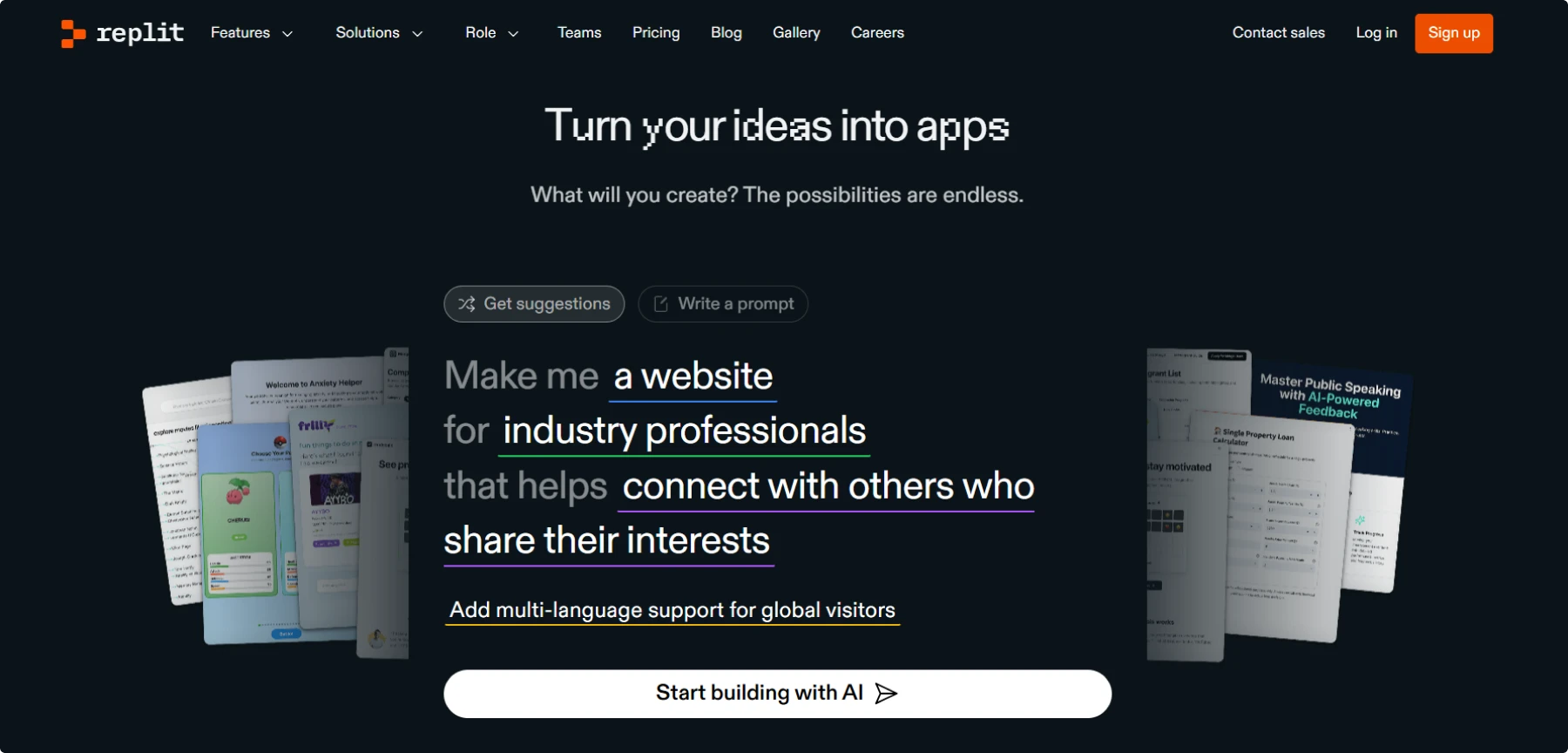
The golden child of vibe coding. It’s like having a personal coding assistant who never sleeps, never judges your ideas, and can deploy your app with one click. Also, probably the most beginner-friendly option.
Cursor
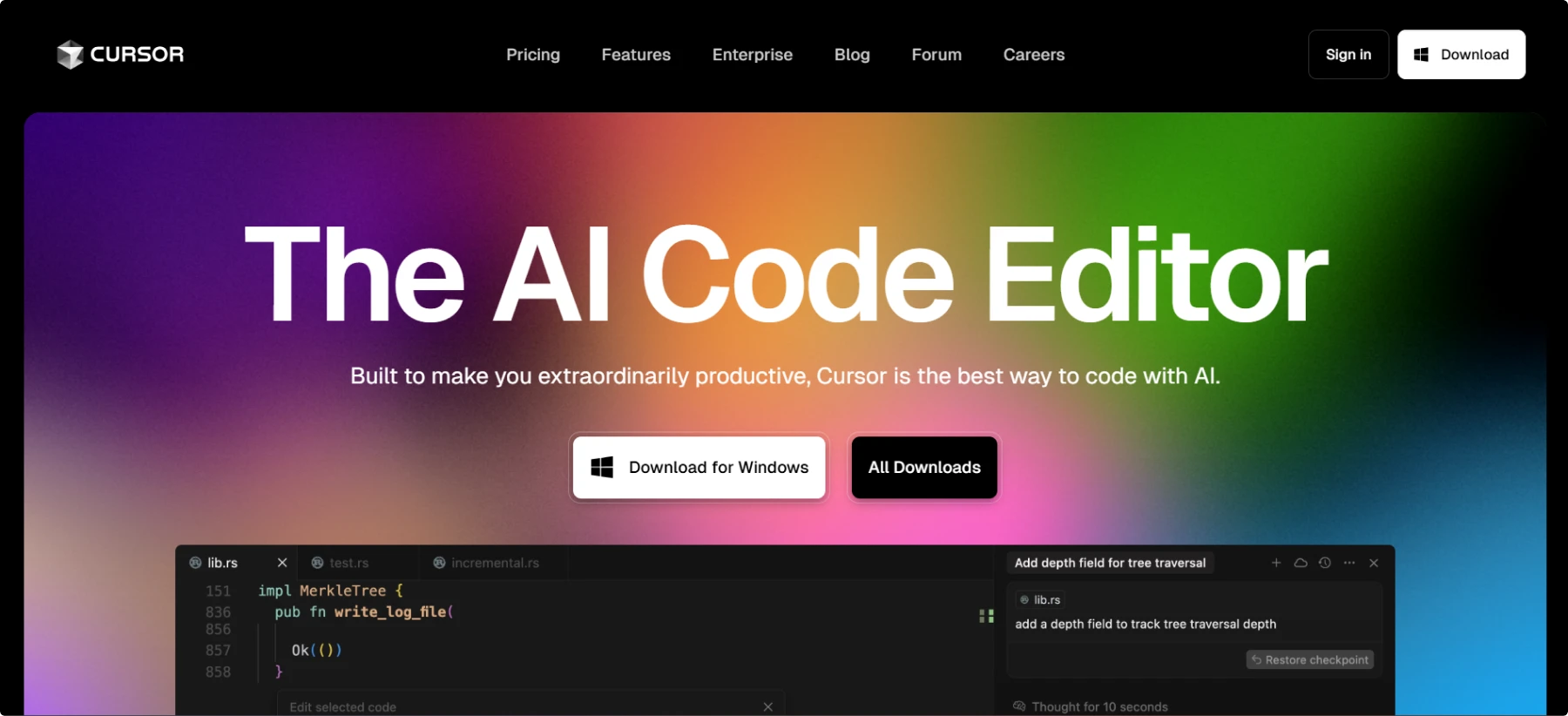
The choice for developers who want to vibe but also maintain some semblance of control. It’s like vibe coding with training wheels.
GitHub copilot
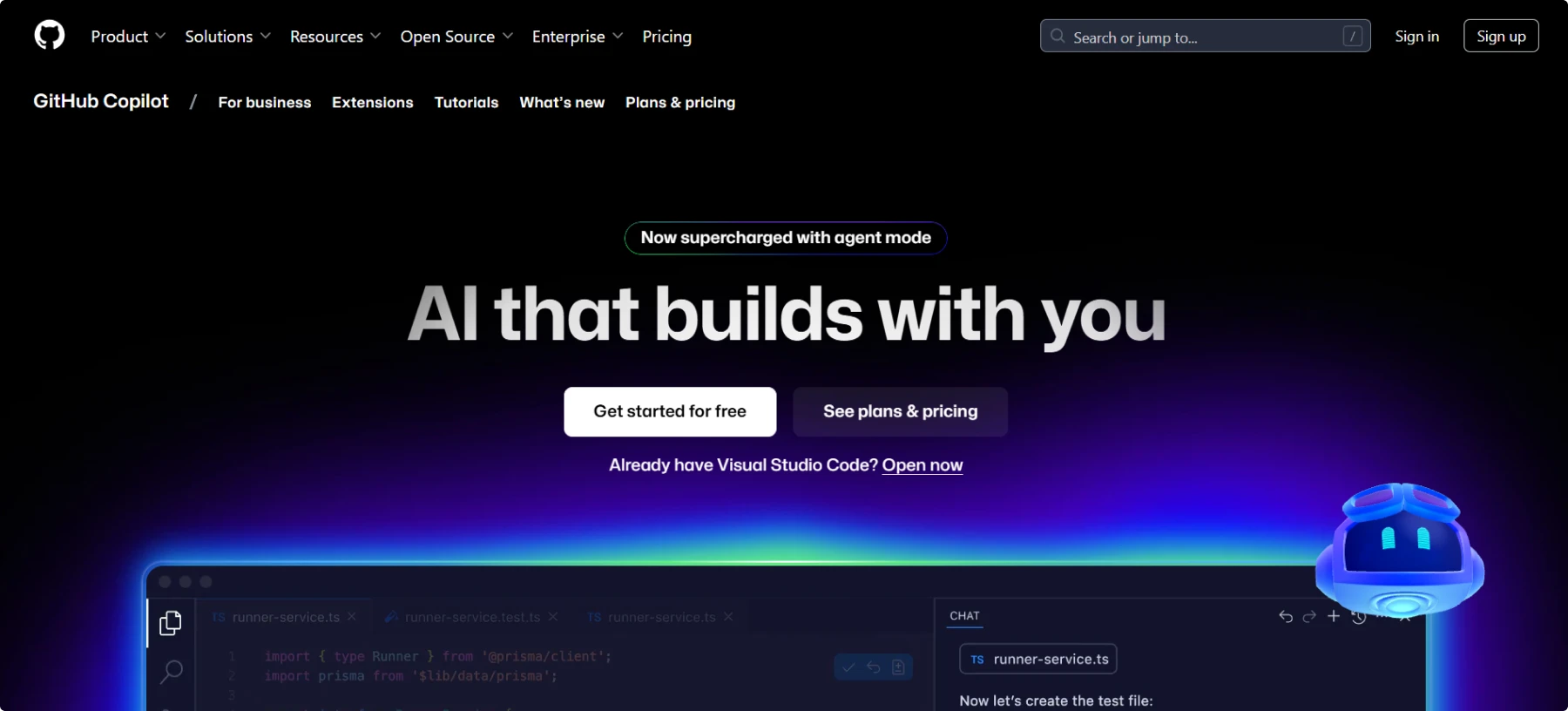
The OG AI coding assistant that accidentally helped birth this whole movement. Less “pure vibe” and more “vibe with guardrails.”
Windsurf

Codeium’s entry into the vibe coding space. Offers a clean interface for AI-powered development with strong collaboration features and multi-language support.
Claude Code
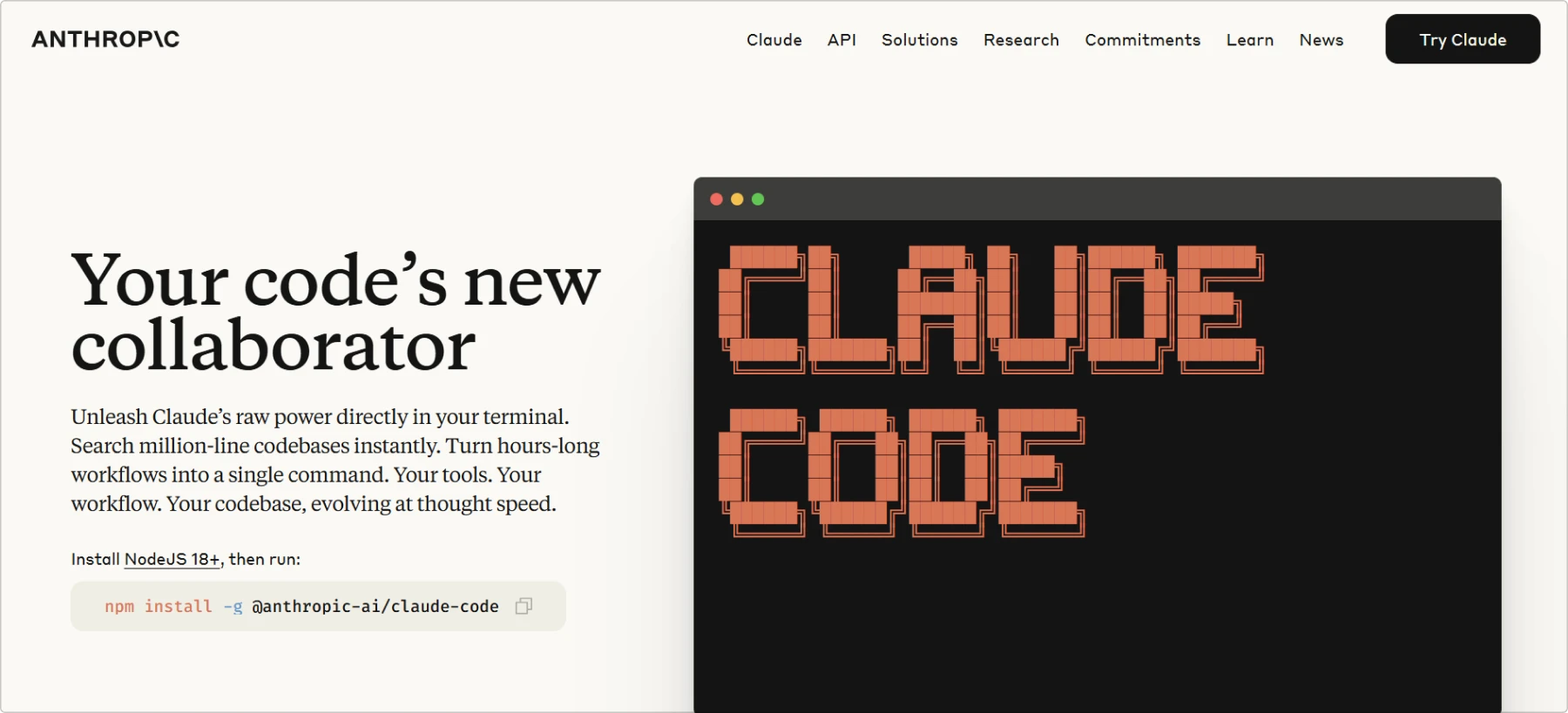
Anthropic’s command-line tool that lets you delegate coding tasks directly from your terminal. Great for developers who prefer staying in their existing workflow while adding AI assistance.
Icons8 MCP
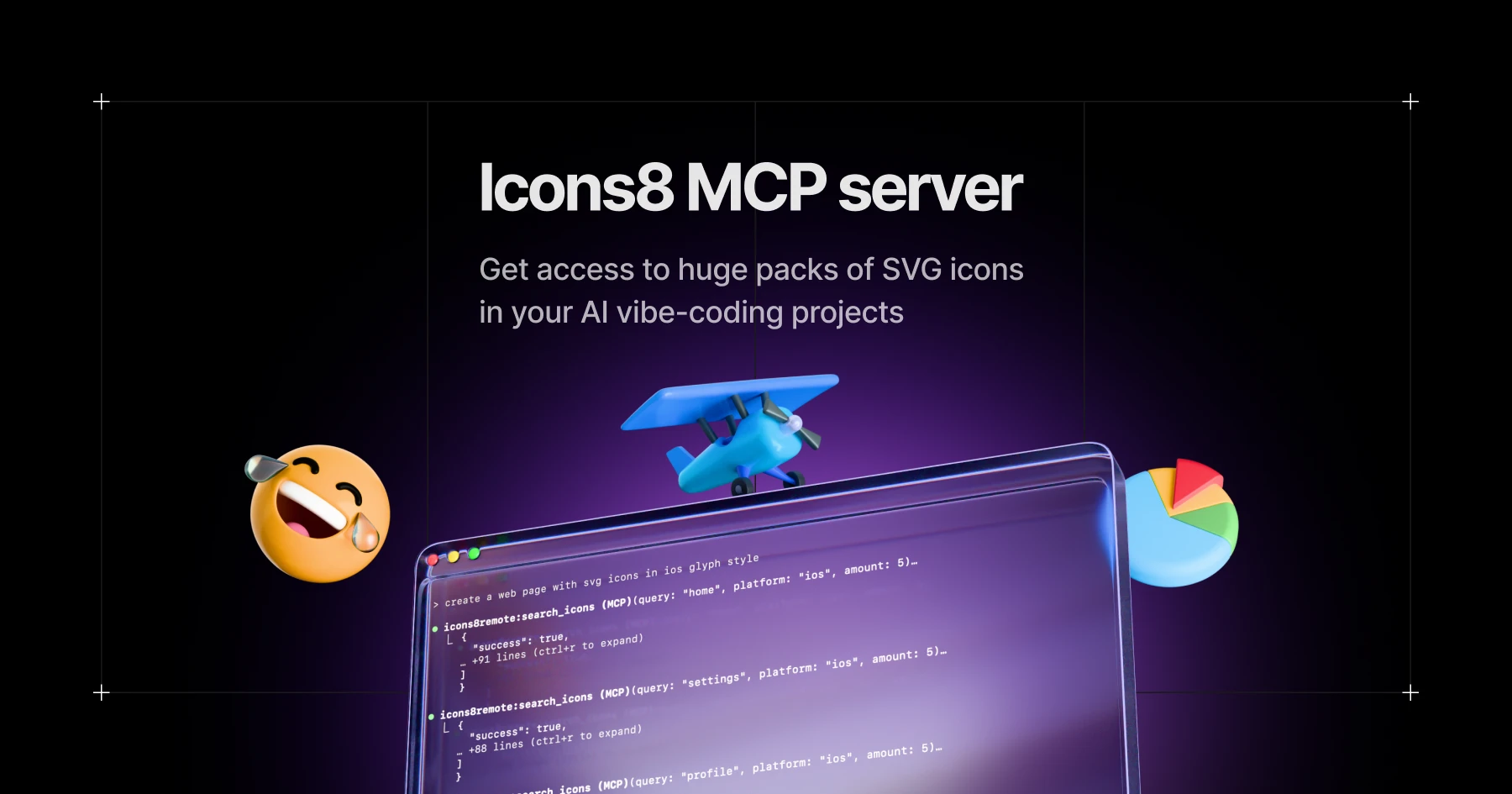
The missing piece for vibe coding—because what’s the point of building an app or website in minutes if you spend hours hunting for icons? Icons8 MCP server connects to your AI coding tools and lets you request icons using plain English. Just tell it “give me modern arrow icons for a restaurant app” and boom, professional icons appear. Works with Cursor, Windsurf, Claude Code, and other AI tools.
Is vibe coding the future or just a fad?
Vibe coding is simultaneously revolutionary and terrifying. It’s democratizing app development while creating a whole new category of digital chaos. It’s making coding accessible to everyone while potentially making the internet less secure.
Is it the future? Probably parts of it. Will it replace traditional coding? Not unless we want to live in a world where nobody understands how anything actually works.
The real power of vibe coding isn’t in replacing developers—it’s in giving everyone else a seat at the table. It’s about lowering the barrier to entry so good ideas can come from anywhere, not just from people who can write Python.
Wrapping up
Vibe coding is like that friend who’s really good at karaoke but can’t actually sing—sometimes the confidence and energy matter more than technical perfection. It’s messy, it’s chaotic, and it’s absolutely changing how we think about building software.
Just remember: with great vibe comes great responsibility. Use it for good, test everything, and maybe don’t put your credit card processing through a vibe-coded system just yet.
P.S. If you’re reading this and thinking, “I could totally build an app right now,” that’s exactly the point. The future is weird, friends. Embrace it.
About the author
Marcus Rivera. Developer who bridges the gap between beautiful designs and functional code. Translates designer dreams into pixel-perfect reality, experiments with AI tools to streamline his workflow, and maintains strong opinions about CSS frameworks. AI enthusiast who’s constantly testing new coding assistants and has memorized more Stack Overflow solutions than he cares to admit.